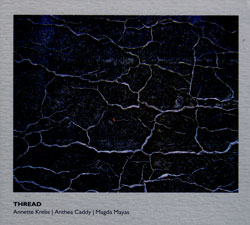
Performing on cello, piano, prepared guitar, tapes, and the mixing desk itself, Anthea Caddy, Magda Maya, and Annette Krebs present two improvisations, one from the studio and one live in Boston.
Out of Stock
Quantity in Basket: None
Log In to use our Wish List
Shipping Weight: 3.00 units
Sample The Album:
Annette Krebs-prepared guitar, objects, tapes, mixing desk
Anthea Caddy-cello
Magda Mayas-piano
Click an artist name above to see in-stock items for that artist.
Label: Another Timbre
Catalog ID: at48
Squidco Product Code: 15696
Format: CD
Condition: New
Released: 2011
Country: UK
Packaging: Cardstock gatefold foldover
"Sands" was recorded in 2008 at Rodenbergstrasse 11, Berlin by Anthea Caddy and Annette Krebs. "Shore" was recorded live in concert by Ernst Karel at the Goethe Institute Boston in 2009.
"Here we find three women from the improvised music scene: Annette Krebs (prepared guitar, objects, tapes, mixing desk), Anthea Caddy (cello) and Magda Mayas on piano. One ten minute piece from 2008 and a twenty-six minute piece from 2009. Improvised music of some refined nature. Piano and cello stay natural, scraping, scratching, plink and plonk, but it's Krebs's contributions that lift this up into a more abstract work, using sounds of spoken words from her tapes. The two pieces are vibrant, dwelling on improvised pieces on their acoustic instruments, as well as electro-acoustic sounds, bouncing from very soft to quiet loud, although it's never noise or full-on immersive sound. The trio piece seems a bit 'fuller' to me, but at the same time, at times, more empty, when it comes to silence. But there's never a dull moment; as a listener you always stay focused on what's happening next. Great CD!"-Frans de Waard, Vital Weekly
Interview with Magda Mayas
Berlin is clearly the starting point for your trio, but could you explain how this trio came about as I suspect that some people will be surprised by the combination of players?
Yes, we all met in Berlin at different times. Anthea and I had been playing as a duo since about 2006. Anthea also developed a performance/installation project with Annette I think around 2008. About a year later, I organised a house concert and we decided to play as a trio, which seemed very organic and easy immediately. We recorded parts of the album shortly after that.
Yes the music does sound organic, but at the same time has a kind of cut-up, disjointed quality that I find appealing. Was there a lot of post-production editing, or are the sudden changes of direction part of the group's style?
There was not much editing involved in either of the recordings, just minor changes. As for the general style - we actually never really talked about the pieces we played beforehand, but I think we are all interested in fast changing structures, so that´s rather a compositional element each of us brings into the group to a different extent.
Berlin has become a major centre for experimental music, and has attracted scores of musicians from outside - including yourself and Anthea. Could you tell us a bit about why you decided to go to Berlin, and how the music scene there has affected your music?
I grew up in Münster in Germany, moved to Berlin in 1999 and have lived there since, more or less continuously. I began my studies (Jazz piano) then and knew there was a scene for all kinds of music in Berlin and people to play with.
There were always a lot of people moving here although it seems now more than ever, which surely also has to do with the fact that you can still live here quite cheaply, compared to other big cities. And it's easy to work with other musicians, try things out and present them to an audience quickly and easily. I love the fact that there are so many "venues", places to play, and so many concerts on every night. That has surely influenced my music, being able to listen to all kinds of music every day.
Could you tell us a little bit about some of the techniques you use inside the piano? Are there things that you have 'discovered' yourself? And what draws you to work so much inside the instrument?
I started playing classical piano as a kid, then around 15 I got interested in jazz and then (free) improvising at the instrument. Playing inside the piano came quite naturally after some time, I heard other musicians use extended technique (on piano as well as other instruments) and I was interested in creating sound and the fact that that was an area I could explore on my own and still can.
I think a lot of the sounds, or how I use them, came from exploring it myself. Of course I am and have been inspired by other pianists and use some of the same techniques. I was aware of the John Cage prepared piano, when I started using the inside of the instrument, but have never played his pieces or prepared the piano in that way.
I am currently researching the influence of Cage's music on pianists today for a workshop. Most of the pianists in the improvised/ new music scene that I asked said they feel they have explored the inside piano on their own - I think that is a great deal of the value and excitement of it initially.
At the moment I use objects that I can remove quickly or use my hands and fingers to play the inside, so I have a natural piano sound if I want to. I use mallets, tape, plasticine, different metal and rubber objects, on the strings and soundboard to dampen strings or create overtones etc. I also use fishing line or bamboo sticks between the strings for more resonant sounds.
At the moment I spend more time playing inside the piano than the keyboard. I like the tension and variety of using both, the possibilities to alienate the instrument at times and use all of it, changing sounds and colours constantly.
It struck me listening to your solo playing on Heartland that the effects you create sometimes sound as if you're using electronics, so it seemed natural that you should collaborate with someone like Annette who actually uses electronics. Do you work a lot with people using electronics, or are most of your collaborations with acoustic instrumentalists? Also, I wondered if have you tried using electronics yourself to extend the piano still further, as, for instance, Sebastian Lexer does?
I haven't worked a lot with electronic musicians, or at least not continuously, but for no particular reason - I think I usually choose to work with specific people rather then look for instruments that might fit. I also don´t use electronics myself, though I'm interested in experimenting with different kinds of amplification and pick ups.
Also, I started playing clavinet/pianet about 2 years ago (an electric piano from the 60s with strings and metal chimes) and likewise extending it with different devices, preparing the strings etc. At times it sounds more like an electric guitar than a keyboard.
That is a great discovery for me, engaging with noise and more visceral sound material and it opens up possibilities in many ways. I have combined clavinet and piano in concerts when possible (it's quite heavy to travel with) and made recordings in the last years that will be out soon.

The Squid's Ear!
Artist Biographies
• Show Bio for Annette Krebs "... [Annette Krebs] wanted to play the guitar since she was four years old, but only eleven years later this dream came true. Her first teacher was a jazzmusician who led her more practically and gave her the basis of the most varied styles. From the beginning she made improvisational and compositional songs about the school and the things around her. At sixteen she wrote her own protestsongs, played a little rock, a little this and that. When the time for studying came, she chose classical guitar. Jazz and modern music did not interest them at first, modern art was even more so: she painted, was fascinated by Dadaism, Schwitters' Merz and others. She tried to play what she painted, to paint what she was playing. Of the fact that the other were similar, she had no idea at that time. In Frankfurt, where she at that time studied guitar, she also tried to penetrate the authentic interpretation of baroque music, discovered the European tradition and composed intensively. At the same time, however, she lured the abstraction - the pictorial as well as the musical. In her own compositions she stayed with pure tones, from which she formed her "abstract" melodies. Now Frankfurt is a very lively city, and Annette Krebs took everything that was going on around her: concerts of contemporary music, jam sessions and joint improvisations and debates with other musicians. When she finally moved to Berlin, she began to break out of the world of classical music. First, she tried to put her guitar in an informal context, playing classical repertoire in pubs, which was almost surreal, but she soon sought another The instrument was accessible to the instrument itself. She held it between the knees like a violoncello and reduced the number of strings. So she started to use the electric guitar as well. She tirelessly studied the possibilities of other forms of play, Until she finally put the guitar on the table. This had quite practical advantages: All "boxes" and the mixing console were so at hand. Similar to Keith Rowe, she developed a certain "sculptural" approach to her instrument. But the resulting distance began to disturb her with time, so she put the guitar on her knees to strengthen the immediate contact with the instrument. Although the gameplay remained basically the same, the gameplay was quite different; The instrument was so much easier to master. The range of instrumental and additional sounds stretched them in all directions - even those who see Annette Krebs play can hardly say which are from their guitar and which not. In the multicultural and musically vibrant Berlin she joined the thriving improvisation scene. Chris Dahlgren, Chris Dahlgren, Chris Dahlgren, Rhodri Davies, Jim Denley, Axel Dörner, Robin Hayward, Marcus. The list of people with whom they have collaborated is impressive: Chris Abrahams, Natasha Anderson, Alessandro Bosetti, Burkhard Beins Heike, Charlotte Hug, Sven-Ake Johansson, Christoph Kurzmann, Sachiko M, Coffee Matthews, Wade Matthews, Chico Mello, Toshimaru Nakamura, Andrea Neumann, Bhob Rainey, Taku Sugimoto, Luca Venitucci, Michael Vorfeld, Marc Wastell, Steffi Weismann, Otomo Yoshihide ... In the year 2000 the seven-head ensemble phosphorus, In which Annette Krebs on Burkhard Beins (drums), Axel Dörner (trumpet and laptop), Robin Hayward (tuba), Andrea Neumann ("Inside-Piano"), Michael Renkel (acoustic guitar, laptop) and Ignaz Schick (electronics) , Gramophone). They all combined the need for increased concentration of musical expression and the effort to achieve clarity and transparency. In place of dense sound, silence was the starting point. The sound events and phenomena were carefully positioned in the imaginary space and meticulously measured their relationships (volume, character, sound start and end, contrasts, transitions, and collisions) and precisely measured with a view to the balance of the whole. Since these sounds were generally very quiet, a wide spectrum " Outside of phosphorus, Annette often appears alone or with other musicologists. The Japanese guitarist Taku Sugimoto or the Italian saxophonist Alessandro Bossetti are close to her. For several years she appeared in the duo with Andrea Neumann, in Vienna she plays with Christoph Kurzmann and Burkhard Stangl. She also works with Sandra Becker or Steffi Weissmann on their video projects. Together with the latter, for example, she has created a funny variation on the subject of "alienation / deprivation" with the title Le vol 1-3, a parody on pop music videos, in which the two authors make a cheerful raid in the department store to the sounds of "recycling music". The music of Annette Krebs is full of opposing qualities: On the other hand, she is "ascetic" - she works with large portions of silence and delicate noises. On their CD Guitar Solo (Fringes Recordings, 2002), the first normal guitar sound can only be heard after about six minutes. On the other hand, it is very rich - it works not only with differently transformed guitar sounds, but also with laptop, radio or cassette recorder, from which, inter alia, fragments of the real world (talks, different sound environments, etc.). Annette Krebs teaches us to listen to what we have long known. Even the most common sound is re-evaluated. Her music slips smoothly into the mysterious gap between life and art that Robert Rauschenberg once spoke of. Annette Krebs is a charismatic personality that is always good for a surprise. Their game is full of unpredictable interruptions, sudden outbursts and trembling excitement." ^ Hide Bio for Annette Krebs • Show Bio for Anthea Caddy "Anthea Caddy (b.1981) lives and works in Berlin, Germany and Melbourne, Australia. Her practice explores the spatio-temporal aspects of sound and architecture, applying these to audio works that manipulate and distort perceptions of time, space and experience. Caddy's work focuses on the incorporation of acoustic, electro-acoustic and recorded space within performance, installation and concert presentation, often using amplified cello as her primary sound source. In her live performance she uses multi-channel configurations in low lighting or complete darkness. Alongside her solo work Anthea has collaborated with many artists in various projects, most notably with Thembi Soddell (Cajid Media, Room40), Annette Krebs (AnotherTimbre), Philip Samartzis, Magda Mayas (Dromos), Valerio Tricoli, Michael Vorfeld, Liz Allbee (Bogan Ghost), Helena Gough (Entr'acte), Eric la Casa, Werner Dafeldecker, Christian Wolff and Tony Conrad. She is a current member of the 24 piece Splitter Orchestra, Berlin. She has performed and exhibited in Australia, New Zealand, USA and Europe notably at, Bludenzer Tage, Austria, Liquid Architecture National Festival, Australia, Diapason Gallery, New York, Leipzig Museum of Modern Art, Reina Sofia Center of Contemporary Art, Madrid, Observatori Contemporary Arts Festival, Valencia, Issue Project Room, New York, Goethe Institut, Boston, Project Space Gallery, Melbourne, Wroclaw Museum of Contemporary Art, Poland, Internationales Musikinstitut Darmstadt, Tesla Centre of Media Arts and Radial System V, Berlin. She has contributed to numerous works for video installation, dance, live sound design/score for theatre (with Darrin Verhagen and Franc Tetaz), film (Rogue, 2007) and video. Alongside Thembi Soddell she is discussed in Experimental Music: audio explorations in Australia edited by Gail Priest published by UNSW Press 2008." ^ Hide Bio for Anthea Caddy • Show Bio for Magda Mayas "Magda Mayas, born 1979, is a pianist living in Berlin. Developing a vocabulary utilizing both the inside as well as the exterior parts of the piano, using preparations and objects, she explores textural, linear and fast moving sound collage. Alongside the piano, Mayas has recently been performing on a Clavinet/Pianet, an electric piano from the 60s with strings and metal chimes, where she engages with noise and more visceral sound material, equally extending the instrumental sound palette using extended techniques and devices.Mayas performs internationally solo and in collaboration with a large number of musicians and composers.Current projects are "Spill", a duo with drummer Tony Buck, a duo with Christine Abdelnour (sax) and "Great Waitress", a trio with Monika Brooks (acc) and Laura Altman (cl). She is currently undertaking Phd studies at the University of Gothenburg, Sweden and investigating extended instrumental techniques, spectral music and psychoacoustics in an improvised music context. Since 2013 she has also been producing radio pieces for ABC Australia and Deutschlandradio Kultur and has released 20 CDS to date. Magda Mayas has performed and toured in Europe, the USA, Australia, Mexico and Lebanon and collaborated with many leading figures in improvisation and composers such as John Butcher, Andy Moor, Zeena Parkins, Joelle Leandre, Paul Lovens, Ikue Mori, Phill Niblock, Peter Evans, Andrea Neumann and Axel Dörner. She has performed at festivals and exhibitions such as Maerz Musik (2012,2015), Documenta (2012) or the Berlin Biennale ( 2014)." ^ Hide Bio for Magda Mayas
12/17/2025
Have a better biography or biography source? Please Contact Us so that we can update this biography.
12/17/2025
Have a better biography or biography source? Please Contact Us so that we can update this biography.
12/17/2025
Have a better biography or biography source? Please Contact Us so that we can update this biography.
Track Listing:
1. Sands 9:58
2. Shore 26:00
Improvised Music
Electro-Acoustic
Electro-Acoustic Improv
Free Improvisation
Boston Area Improvisers
Trio Recordings
Objects and Home-made Instruments
Instruments with Preparations
Instant Rewards
Search for other titles on the label:
Another Timbre.

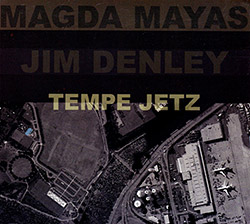
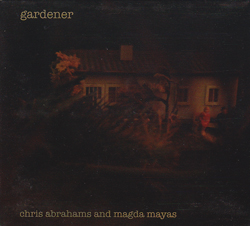
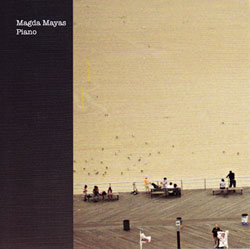
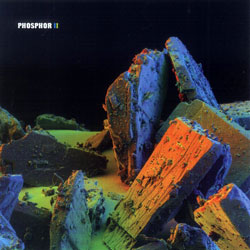
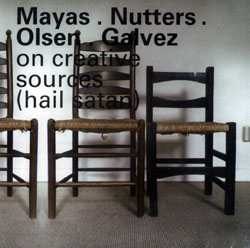
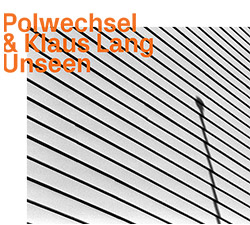
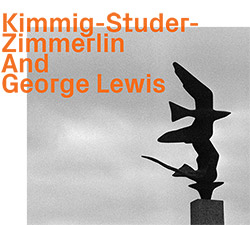
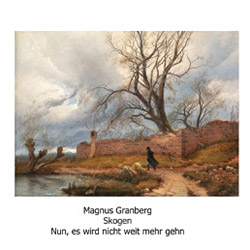
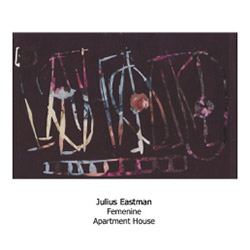
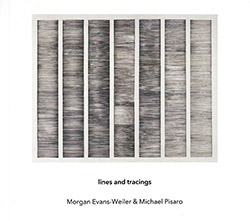
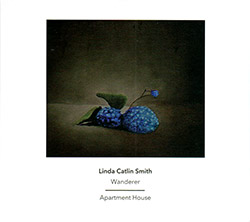
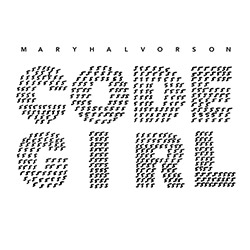
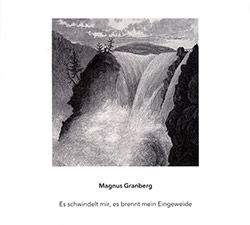
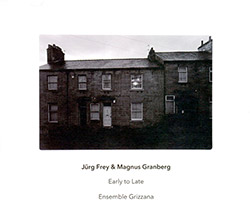
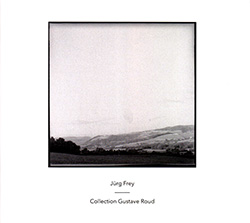
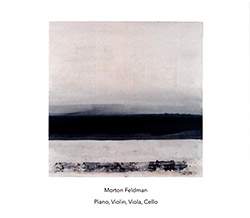
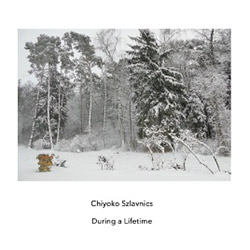
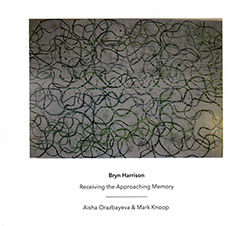
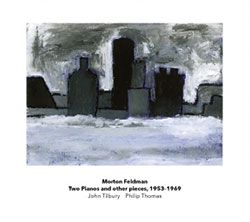
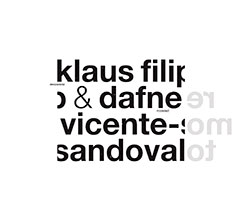
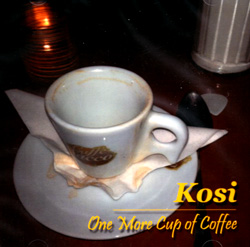
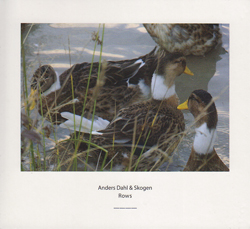
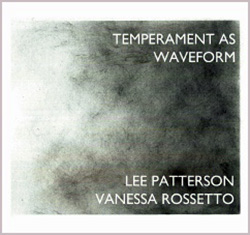
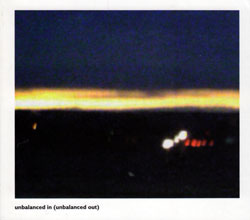
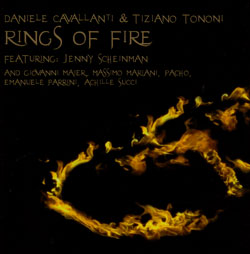
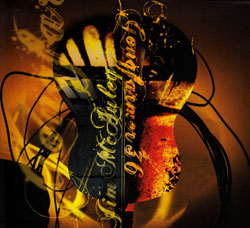

![HobbyHouse (Mia Dyberg / Axel Filip): HobbyHouse [CD + DOWNLOAD]](https://www.teuthida.com/productImages/misc4/36944.jpg)
![Mines, Kelsey / Erin Rogers: Scratching At The Surface [CD + DOWNLOAD]](https://www.teuthida.com/productImages/misc4/36945.jpg)
![Nebbia, Camila (feat/ Marilyn Crispell / Lesley Mok): A Reflection Distorts Over Water [CD + DOWNLOAD]](https://www.teuthida.com/productImages/misc4/36946.jpg)
![Vanheerentals, Adia: Taking Place [CD + DOWNLOAD]](https://www.teuthida.com/productImages/misc4/36947.jpg)
![Mines, Kelsey / Vinny Golia: Collusion and Collaboration [CD + DOWNLOAD]](https://www.teuthida.com/productImages/misc4/36948.jpg)
![Parkins, Zeena: Lament For The Maker [CD + DOWNLOAD]](https://www.teuthida.com/productImages/misc4/36949.jpg)
![Evans, Peter / Mike Pride : A Window, Basically [CD + DOWNLOAD]](https://www.teuthida.com/productImages/misc4/36950.jpg)
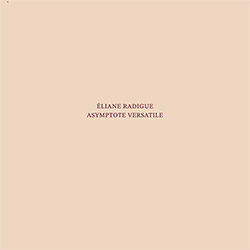
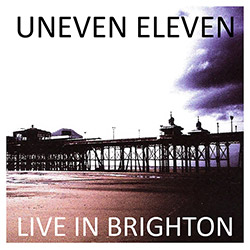
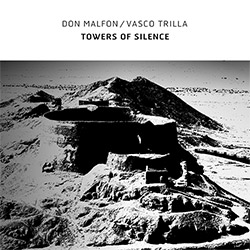
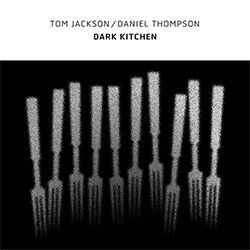
![Frey, Jurg : Composer, Alone [3 CDs]](https://www.teuthida.com/productImages/misc4/36927.jpg)
![Belorukov, Ilia / Alex Riva: Wrestling For Futility [CASSETTE w/DOWNLOAD]](https://www.teuthida.com/productImages/misc4/36994.jpg)
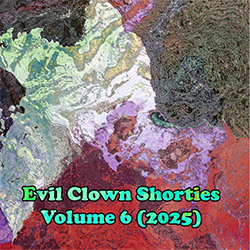
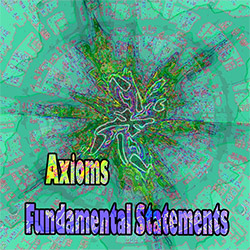
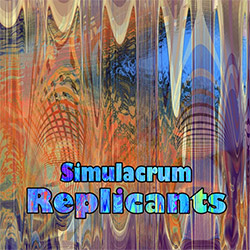
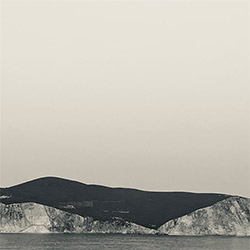
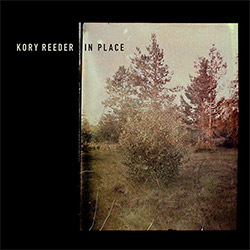
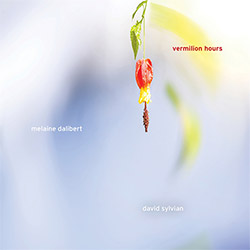
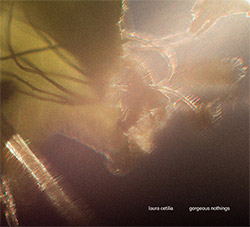
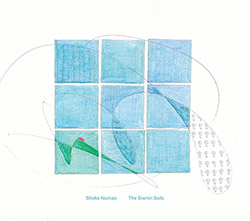
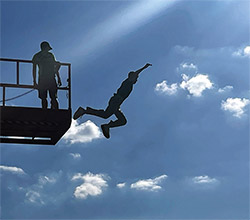
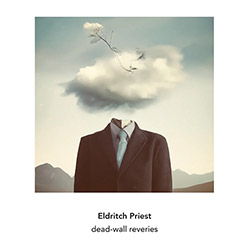
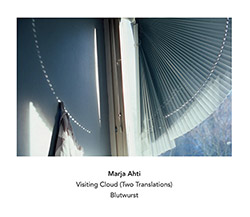
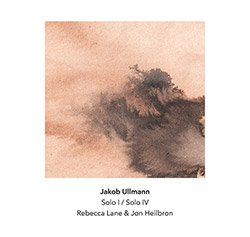
![Agnel, Sophie: Learning [VINYL]](https://www.teuthida.com/productImages/misc4/36841.jpg)
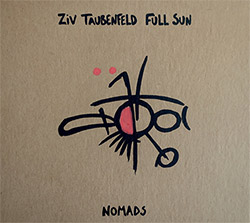
![Monaco, Amanda (w/ Michael Attias / Sean Conly / Satoshi Takeishi) : Deathblow [VINYL+ DOWNLOAD]](https://www.teuthida.com/productImages/misc4/36956.jpg)
![Frey, Jurg with ensemble]h[iatus: Je Laisse A La Nuit Son Poids D](https://www.teuthida.com/productImages/misc4/36988.jpg)
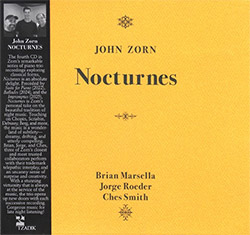
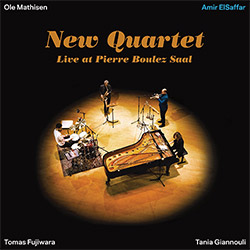
![ElSaffar, Amir / New Quartet : Live at Pierre Boulez Saal [VINYL]](https://www.teuthida.com/productImages/misc4/36830.jpg)

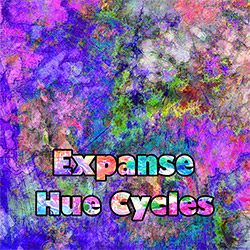
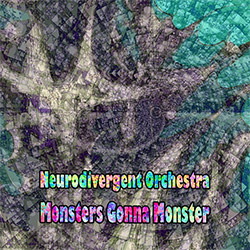
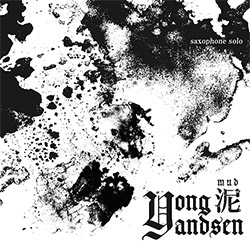
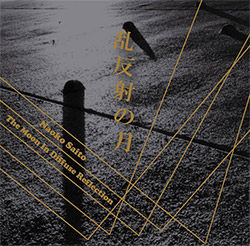
![Musicworks Magazine: #152 Fall 25 [MAGAZINE + CD]](https://www.teuthida.com/productImages/misc4/37004.jpg)
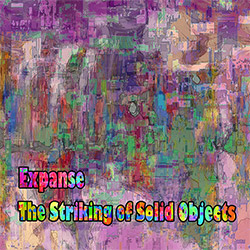

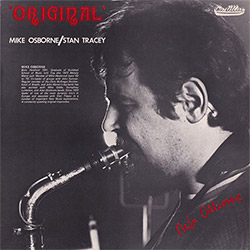
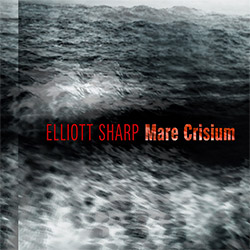
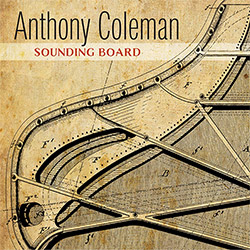
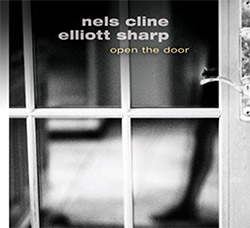
![[ahmed] (Thomas / Grip / Gerbal / Wright): Sama](https://www.teuthida.com/productImages/misc4/36976.jpg)
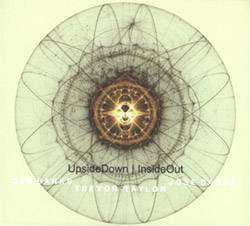
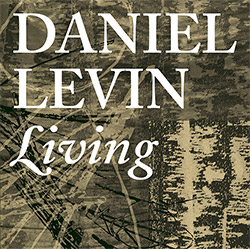
![Cleaver, Gerald / Brandon Lopez / Hprizm: In The Wilderness [COLOR VINYL]](https://www.teuthida.com/productImages/misc4/33060.jpg)
![McPhee, Joe : Defiant Jazz: a Joe McPhee Taster [VINYL]](https://www.teuthida.com/productImages/misc4/36859.jpg)
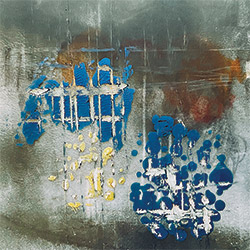
![Mateen, Sabir / Patrick Holmes / Federico Ughi : Survival Situation [LTD VINYL LP + DOWNLOAD]](https://www.teuthida.com/productImages/misc4/29891.jpg)
![Tucker, Dave / Pat Thomas / Thurston Moore / Mark Sanders: Educated Guess Vol. 1 [COLORED VINYL]](https://www.teuthida.com/productImages/misc4/30183.jpg)
![Sarian, Michael / Matthew Putman: A Lifeboat (Part I) [COLORED VINYL]](https://www.teuthida.com/productImages/misc4/30426.jpg)
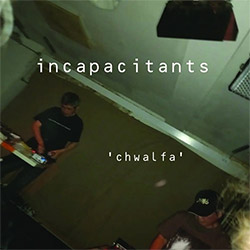
![Genthon, Anouck / Lionel Marchetti: Suite Blanche [2 CDs]](https://www.teuthida.com/productImages/misc4/36642.jpg)
![Toeplitz, Kasper T.: Erosions Programmees [CD + BOOKLET]](https://www.teuthida.com/productImages/misc4/36639.jpg)
![Gate, The : Amost Live [CASSETTE + MAGAZINE]](https://www.teuthida.com/productImages/misc4/36836.jpg)
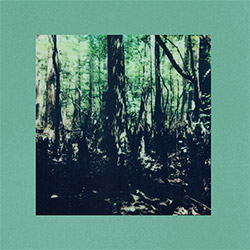
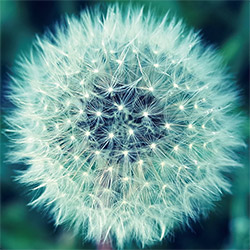
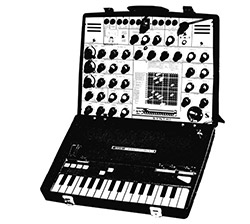
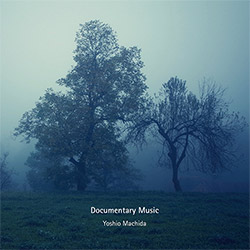
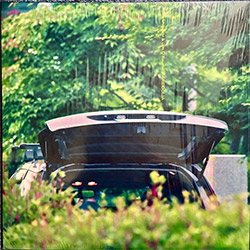
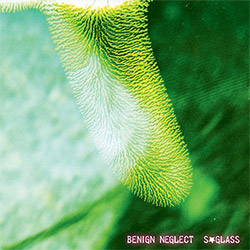
![A Magic Whistle: The Solar Cell [VINYL]](https://www.teuthida.com/productImages/misc4/36658.jpg)
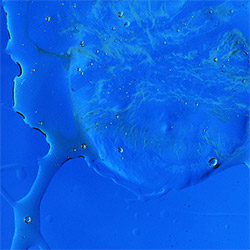
![McGee, Hal: Columbus Expedition [Cassette w/ Download]](https://www.teuthida.com/productImages/misc4/36650.jpg)
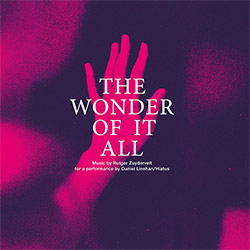
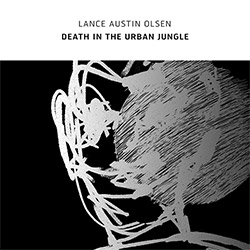
![Jaeger, Kassel: Fernweh [VINYL 2 LPs]](https://www.teuthida.com/productImages/misc4/36541.jpg)
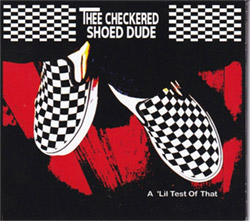
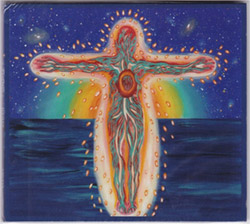
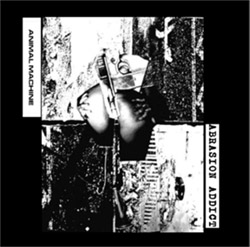

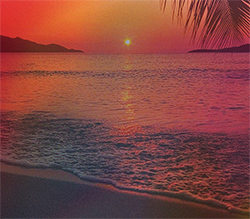
![+DOG+: The Light Of Our Lives [2 CDs]](https://www.teuthida.com/productImages/misc4/36009.jpg)
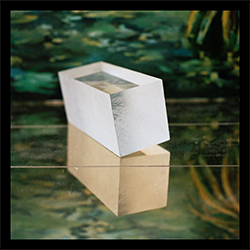

![Eternities: Rides Again [CASSETTE]](https://www.teuthida.com/productImages/misc4/36247.jpg)

![Lopez, Francisco: Untitled (2021-2022) [2 CDs]](https://www.teuthida.com/productImages/misc4/36438.jpg)

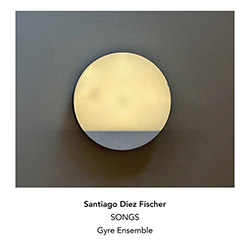
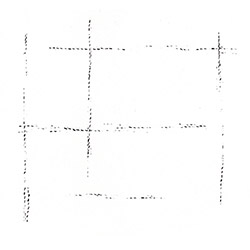
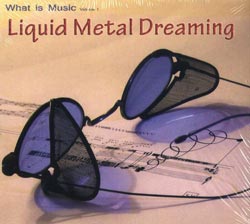

![Pisaro-Liu, Michael: Within (2) / Appearance (2) [2 CDs]](https://www.teuthida.com/productImages/misc4/36831.jpg)
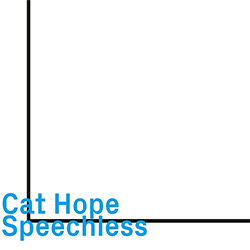
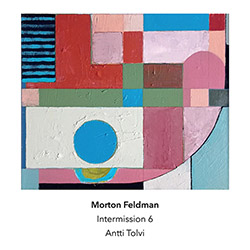
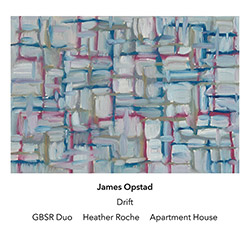
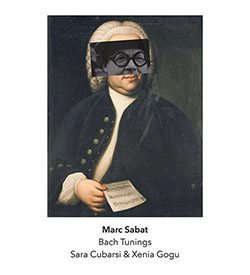
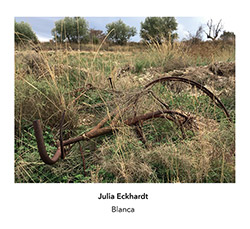
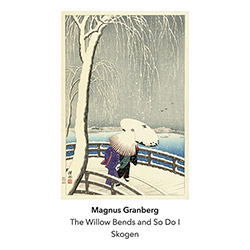
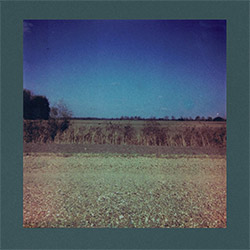
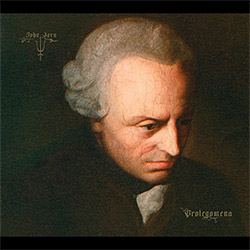
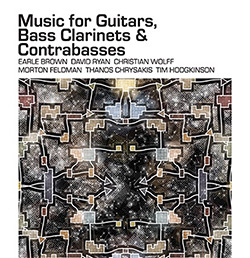
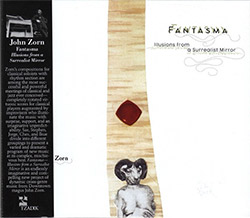
![Musicworks Magazine: #151 Summer 25 [MAGAZINE + CD]](https://www.teuthida.com/productImages/misc4/36559.jpg)

![Brown, Dan / Dan Reynolds: Live At The Grange Hall [unauthorized][CASSETTE]](https://www.teuthida.com/productImages/misc4/36245.jpg)


![Zorn, John: The Song of Songs [CD + CD BOOK]](https://www.teuthida.com/productImages/misc4/36923.jpg)
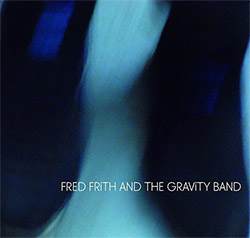
![Coultrain: Mundus [COLORED VINYL]](https://www.teuthida.com/productImages/misc4/33056.jpg)
![Hprizm: Signs Remixed [COLORED VINYL]](https://www.teuthida.com/productImages/misc4/30635.jpg)
![Halls Of the Machine: All Tribal Dignitaries [CASSETTE w/ DOWNLOAD]](https://www.teuthida.com/productImages/misc4/36134.jpg)
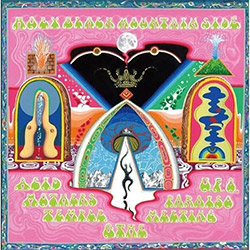
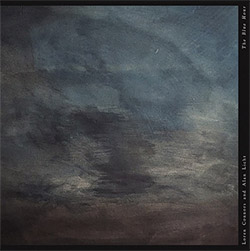
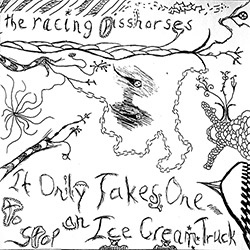
![Koenjihyakkei: Live at Club Goodman [2 CDs]](https://www.teuthida.com/productImages/misc4/36111.jpg)

![Sorry For Laughing (G. Whitlow / M. Bates / Dave-Id / E. Ka-Spel): Rain Flowers [2 CDS]](https://www.teuthida.com/productImages/misc4/35985.jpg)

![Rolando, Tommaso / Andy Moor : Biscotti [CASSETTE w/ DOWNLOADS]](https://www.teuthida.com/productImages/misc4/36106.jpg)


![Electric Bird Noise / Derek Roddy: 8-10-22 [CD EP]](https://www.teuthida.com/productImages/misc4/35970.jpg)








![Elephant9 : Mythical River [VINYL]](https://www.teuthida.com/productImages/misc4/34624.jpg)



![Elephant9 with Terje Rypdal: Catching Fire [VINYL 2 LPs]](https://www.teuthida.com/productImages/misc4/35355.jpg)
![Coley, Byron: Dating Tips for Touring Bands [VINYL]](https://www.teuthida.com/productImages/misc4/17906.jpg)

![Lost Kisses: My Life is Sad & Funny [DVD]](https://www.teuthida.com/productImages/misc4/lostKissesDVD.jpg)